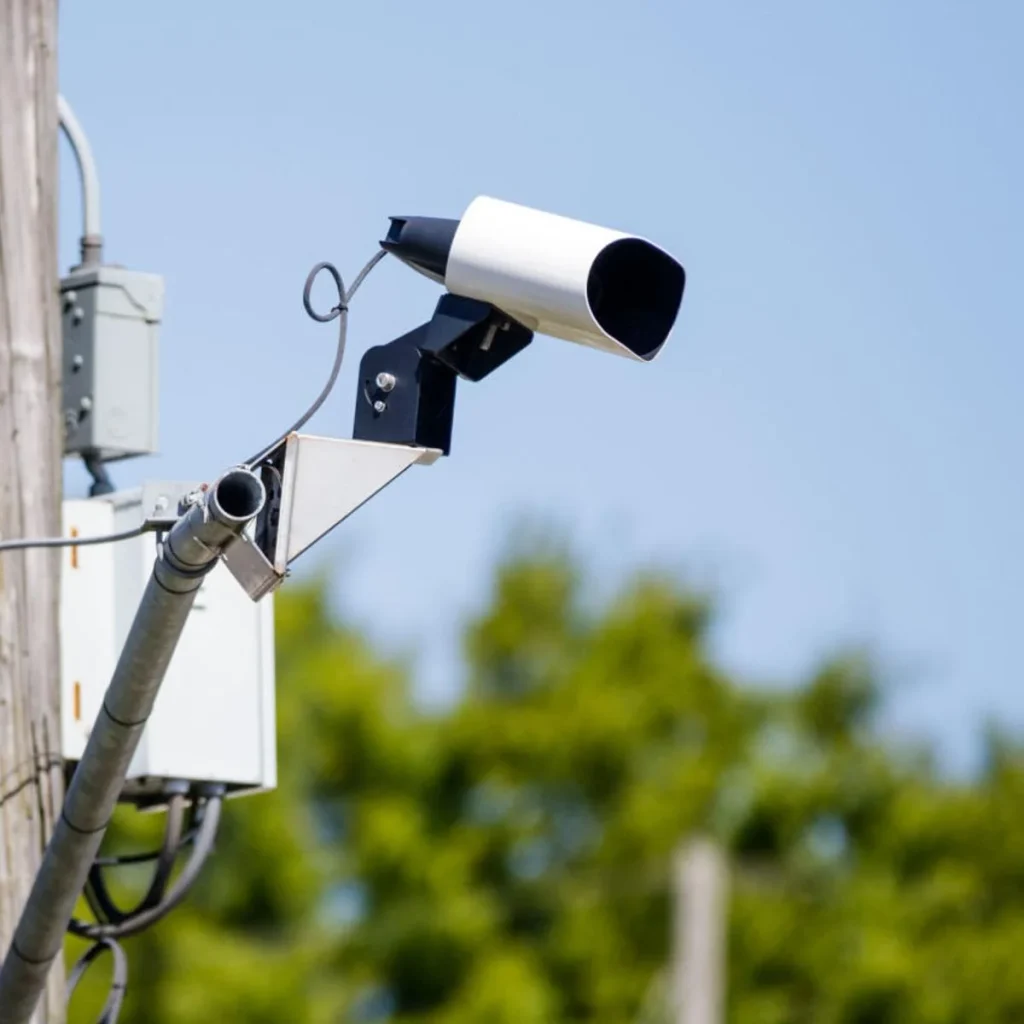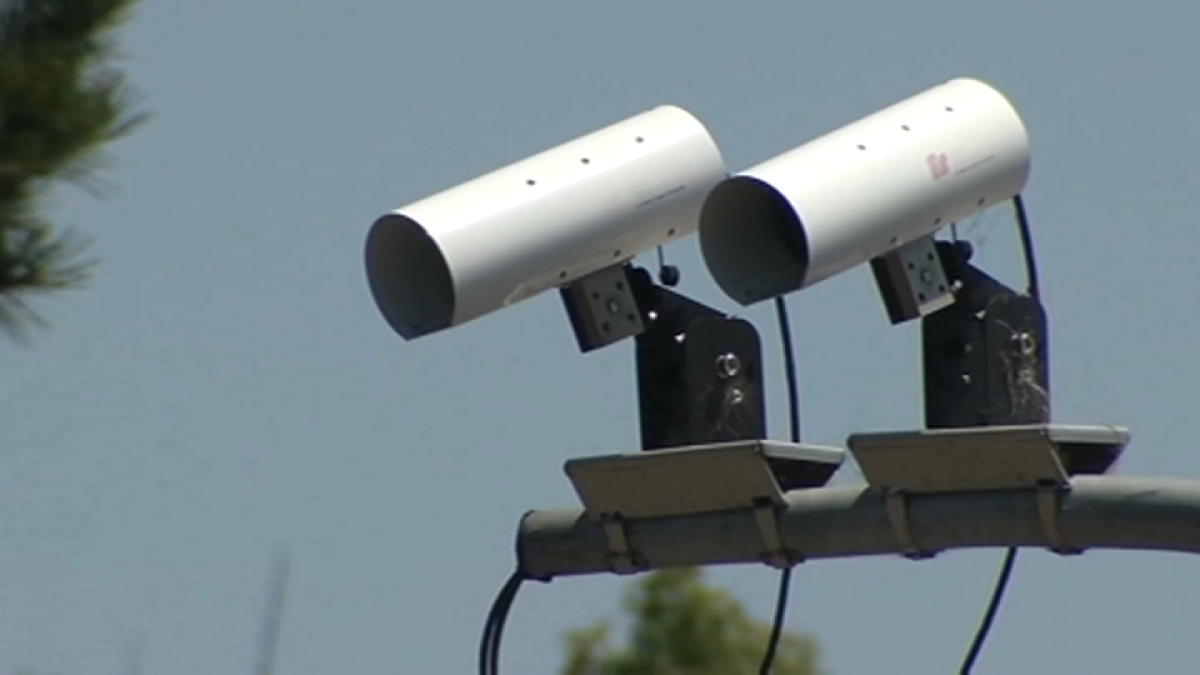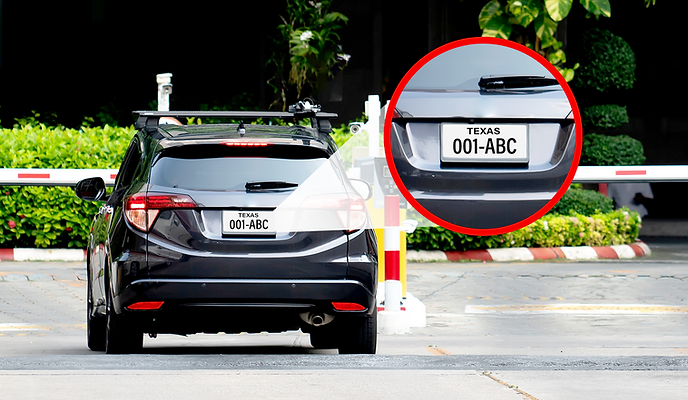How Automated License Plate Readers Help in Disaster Management and Response
Disaster management and response encompass various activities and technologies to mitigate the impact of natural and man-made disasters. One of the increasingly vital technologies in this realm is Automated License Plate Readers (ALPR). These systems, also known as ANPR (Automatic Number Plate Recognition) cameras, play a critical role in modern disaster management efforts. This article explores how ALPR cameras are used in disaster management, highlighting their benefits, challenges, and future potential.
Table of Contents
Understanding Automated License Plate Readers (ALPR) and ANPR Cameras
Automated License Plate Readers (ALPR) are sophisticated systems designed to capture and interpret vehicle license plate information automatically. These systems employ cameras equipped with advanced optical character recognition (OCR) technology to read license plates in real-time. ANPR cameras, another term for the same technology, stand for Automatic Number Plate Recognition cameras.
ALPR and ANPR systems can be deployed in various configurations, including fixed positions such as on poles or buildings, mobile units on patrol vehicles, and even portable setups for temporary use in specific locations. These systems have been widely adopted for traffic management, law enforcement, toll collection, and now, increasingly, in disaster management and response.

The Role of ALPR Cameras in Disaster Management
Disaster management is a comprehensive process that involves preparation, response, recovery, and mitigation phases. ALPR technology contributes significantly across all these phases by providing real-time data, enhancing situational awareness, and facilitating efficient resource allocation.
1. Enhancing Situational Awareness
One of the critical components of disaster response is situational awareness—understanding the current state of the affected area in real-time. ALPR cameras provide valuable data on traffic flow and vehicle movements, which can be crucial during a disaster. For instance, during an evacuation, monitoring the flow of traffic is essential to ensure that routes are clear and that people are moving safely and efficiently out of danger zones.
ALPR systems can identify bottlenecks, accidents, or any impediments in real-time, allowing authorities to respond promptly. This data can be shared with the public through various channels, guiding them towards safer routes and reducing panic and confusion.
2. Facilitating Efficient Evacuations
In the event of a disaster, such as a wildfire or hurricane, rapid and orderly evacuation is critical. ALPR cameras can assist in managing and coordinating evacuations by monitoring traffic patterns and ensuring that evacuation routes are not congested. By identifying the flow and density of vehicles, emergency management teams can make real-time adjustments to traffic control measures, such as opening or closing lanes and redirecting traffic to less congested routes.
Additionally, ALPR technology can help prioritize the evacuation of vulnerable populations. For example, by identifying vehicles registered to elderly or disabled individuals, authorities can ensure that these individuals receive the assistance they need promptly.
3. Resource Allocation and Deployment
Effective disaster response relies heavily on the swift deployment of resources, including emergency vehicles, medical aid, and supplies. ALPR systems can track the movement of these resources, ensuring they reach their destinations as quickly as possible. By monitoring traffic conditions and vehicle locations, emergency management teams can optimize routes for ambulances, fire trucks, and supply convoys, minimizing delays caused by traffic congestion or road obstructions.
Furthermore, ALPR data can help in reallocating resources dynamically based on the evolving situation. For example, if a certain area experiences a sudden surge in traffic, indicating a potential bottleneck or an area of high need, additional resources can be dispatched to manage the situation.
4. Law Enforcement and Security
During disasters, maintaining law and order becomes even more critical. ALPR systems aid law enforcement agencies by providing a real-time view of vehicle movements, helping to identify and apprehend individuals who may be exploiting the situation for criminal activities, such as looting. Moreover, ALPR camera system data can be cross-referenced with databases of stolen vehicles, aiding in the recovery of such vehicles during chaotic times.
5. Post-Disaster Recovery and Analysis
Once the immediate danger has passed, ALPR data continues to be valuable during the recovery phase. The data collected can be analyzed to understand evacuation patterns, identify areas where traffic management could be improved, and assess the overall effectiveness of the disaster response. This analysis can inform future disaster preparedness plans, making communities more resilient to future events.
Moreover, insurance companies and government agencies can use ALPR data to verify claims related to vehicle damage or loss, speeding up the recovery process for affected individuals and businesses.

Benefits of Using ALPR in Disaster Management
The use of ALPR technology in disaster management offers numerous benefits:
1. Real-Time Data Collection
ALPR systems provide real-time data on vehicle movements, enabling authorities to make informed decisions quickly. This real-time capability is crucial during fast-evolving disaster situations.
2. Enhanced Coordination
By providing a clear picture of traffic patterns and vehicle locations, ALPR systems enhance the coordination of emergency response efforts. This leads to more efficient use of resources and quicker response times.
3. Improved Public Safety
ALPR technology helps ensure public safety by facilitating orderly evacuations and enabling rapid response to emergencies. By identifying and addressing traffic bottlenecks, ALPR systems reduce the risk of accidents and ensure that emergency routes remain clear.
4. Data-Driven Decision Making
The wealth of data collected by ALPR systems can be analyzed to improve disaster response strategies. This data-driven approach leads to more effective and efficient disaster management practices.
5. Versatility
ALPR systems can be deployed in various configurations, making them versatile tools for disaster management. Whether used in fixed locations, on patrol vehicles or as portable units, ALPR cameras can be tailored to meet the specific needs of different disaster scenarios.
Challenges and Considerations
While the benefits of ALPR technology in disaster management are significant, some challenges and considerations need to be addressed:
1. Privacy Concerns
One of the primary concerns with the use of ALPR technology is the potential impact on privacy. ALPR systems collect vast amounts of data on vehicle movements, raising concerns about how this data is stored, used, and shared. Agencies must implement robust data protection measures and ensure that the use of ALPR technology complies with privacy regulations and ethical standards.
2. Data Management
The sheer volume of data generated by ALPR systems can be overwhelming. Effective data management practices are essential to ensure that the data is processed, analyzed, and utilized efficiently. This includes implementing systems for data storage, retrieval, and analysis, as well as training personnel to handle the data appropriately.
3. Cost
Implementing and maintaining ALPR systems can be costly. This includes the initial investment in hardware and software, as well as ongoing costs related to maintenance, data storage, and personnel training. However, the benefits of improved disaster management and response can outweigh these costs.
4. Technical Limitations
ALPR systems are not infallible and can be affected by various technical limitations, such as poor weather conditions, low light, and obstructions. It is important to recognize these limitations and incorporate redundancy and backup systems to ensure continuous operation during critical times.
5. Interagency Coordination
Effective disaster management often involves multiple agencies and organizations. Ensuring seamless coordination and data sharing between these entities is crucial for maximizing the benefits of ALPR technology. This requires establishing clear protocols and communication channels.

Future Potential of ALPR in Disaster Management
The potential of ALPR technology in disaster management is vast and continues to grow with advancements in technology. Here are some future directions and innovations that could further enhance the role of ALPR in disaster management:
1. Integration with Other Technologies
Integrating ALPR systems with other technologies, such as geographic information systems (GIS), drone surveillance, and IoT sensors, can provide a more comprehensive view of the disaster landscape. For instance, combining ALPR data with real-time drone footage can enhance situational awareness and improve decision-making.
2. AI and Machine Learning
The application of artificial intelligence (AI) and machine learning to ALPR data can enable more sophisticated analysis and predictive modeling. For example, AI algorithms can analyze traffic patterns to predict potential evacuation bottlenecks and suggest alternative routes in real-time. Machine learning can also improve the accuracy of license plate recognition, even in challenging conditions.
3. Advanced Analytics
Advanced analytics can be used to gain deeper insights from ALPR data. For example, analyzing historical ALPR data can help identify trends and patterns that can inform future disaster preparedness and response strategies. Predictive analytics can also be used to forecast the impact of potential disasters and plan accordingly.
4. Mobile and Portable Solutions
The development of more mobile and portable ALPR solutions can enhance their utility in disaster management. For instance, portable ALPR units can be rapidly deployed to disaster zones to provide immediate situational awareness and support evacuation efforts.
5. Improved Interoperability
Enhancing the interoperability of ALPR camera systems with other emergency management systems can streamline operations and improve coordination between different agencies. Standardizing data formats and communication protocols can facilitate seamless data sharing and collaboration.
Conclusion
Automated License Plate Readers (ALPR) and ANPR cameras are powerful tools that significantly contribute to disaster management and response. By providing real-time data on vehicle movements, enhancing situational awareness, facilitating efficient evacuations, and improving resource allocation, ALPR technology plays a crucial role in ensuring public safety and effective disaster response.
As technology evolves, the potential for ALPR camera systems in disaster management will only increase. Integrating ALPR with other advanced technologies, leveraging AI and machine learning, and developing mobile solutions are just a few ways that ALPR technology can be further enhanced to improve disaster preparedness and response.

